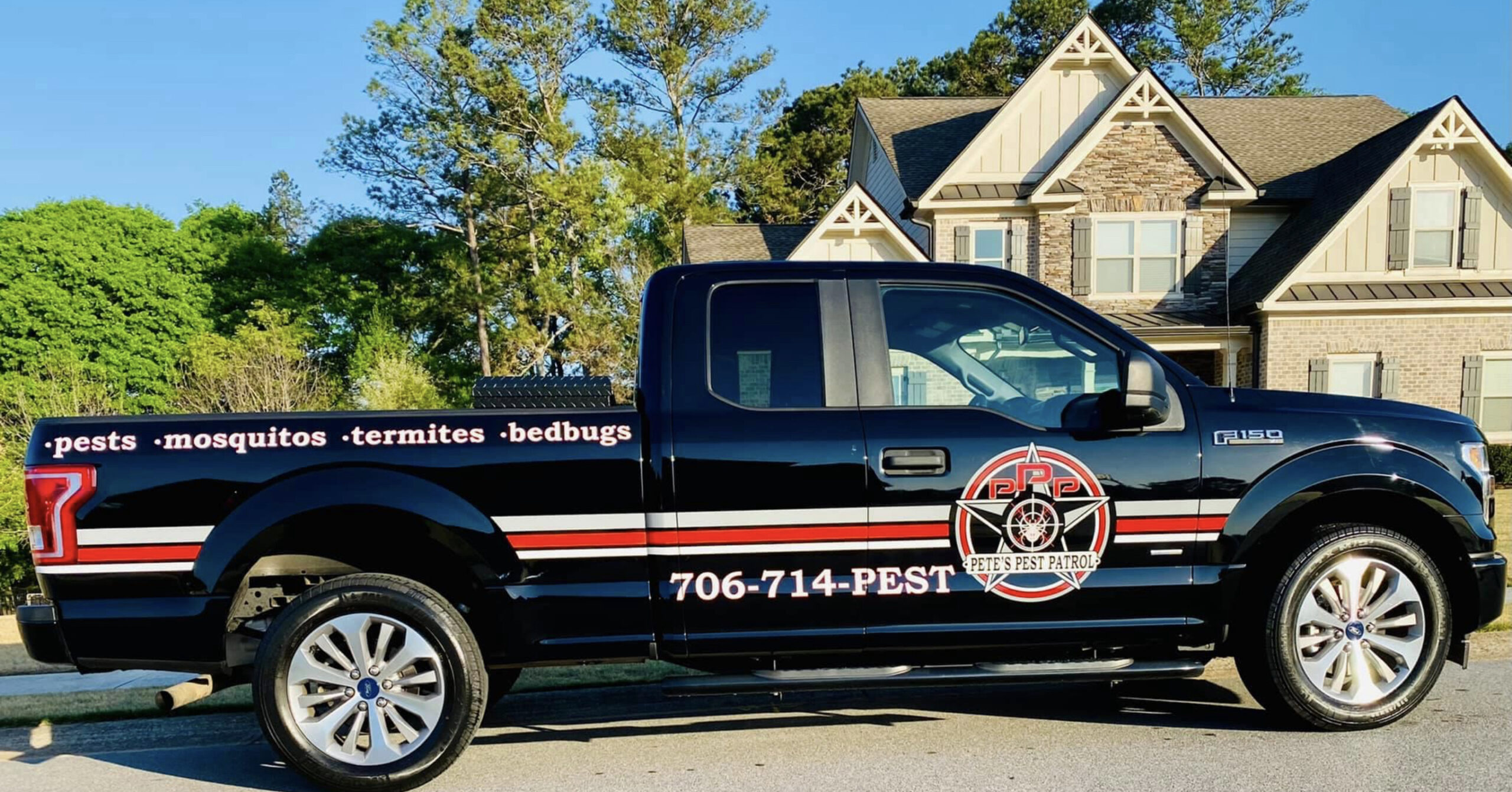Pest control is a necessary measure to protect our homes and properties from the harmful effects of pests. However, the use of pesticides and other pest control solutions can also have negative consequences on our environment.
One major concern is contamination – the presence of unwanted substances in water, soil, and turf.
Understanding Contamination
Contamination occurs when unwanted substances are introduced into an environment, making it harmful or unsuitable for use. When it comes to pest control, the substances of concern are pesticides.
Did you know that pesticides are specifically formulated to eliminate pests like insects, rodents, and weeds? They are commonly used in agriculture, public spaces, and homes. While they are effective in eradicating pests, pesticides can also have unintended effects on our environment.
Contamination of Water
One of the major concerns with pest control solutions is water contamination. Pesticides can easily enter bodies of water through surface runoff, leaching, and accidental spills. These chemicals can have harmful effects on aquatic life and can also make the water unsafe for human consumption.
To prevent water contamination, it is important to carefully select and apply pesticides. The type of pesticide used should be suited for the target pest and applied at the recommended rate. It is also crucial to follow proper disposal procedures for any leftover pesticides and containers. Proper storage of pesticides can also prevent accidental spills.
Preserving Soil Quality
Soil contamination is another issue that can arise from pest control solutions. Pesticides can negatively impact the microorganisms in soil, affecting its fertility and overall health. This can have a domino effect on plants and other organisms that rely on the soil for survival.
To preserve soil quality, it is important to use pesticides sparingly and only when necessary. Integrated pest management techniques, which involve a combination of preventative measures and minimal pesticide use, can also help maintain soil health. Additionally, using organic or natural alternatives to pesticides can also reduce the risk of soil contamination.
Protecting Turf
Turf contamination is a concern for many homeowners and groundskeepers who use pesticides to maintain their lawns and sports fields. Pesticides can seep into the soil and damage the root system of turf, leading to stunted growth and discoloration. This not only affects the aesthetic appeal of the turf but also its ability to withstand foot traffic and other stressors.
To protect turf from pesticide contamination, it is important to follow label instructions and only use the recommended amount of pesticide. It is also helpful to aerate the turf regularly, which can help prevent buildup of pesticides in the soil. Using natural or organic alternatives can also be effective in maintaining a healthy turf without the risk of contamination.
Selecting and Applying Pesticides
Selecting the right pesticide for a specific pest problem is crucial in minimizing the risk of contamination. It is important to carefully read and follow label instructions, including the recommended dosage and application methods.
Using a handheld sprayer can be more targeted and precise compared to larger spraying equipment, reducing the amount of pesticide needed and the potential for over-application. It is also important to avoid spraying pesticides on windy days or when rain is expected, as this can cause the pesticide to drift and potentially contaminate nearby areas.
Environmental Concerns
In recent years, there has been a growing concern about the impact of pesticides on the environment. This is why it is important for pest control companies and individual users to be mindful of their pesticide use and its potential consequences.
Pesticides can not only contaminate water and soil, but also harm beneficial insects and other non-target organisms. To minimize these risks, it is important to carefully consider which pesticides are being used, as well as their potential impact on the environment.
Contamination of water, soil, and turf due to pest control solutions is a serious issue that requires attention from both pest control companies and individual users. By implementing proper prevention and management techniques, as well as carefully selecting and applying pesticides, we can help protect our environment while effectively managing pests.
So next time you encounter a pest problem, remember to consider the potential impact of your actions and choose the best solution for both your turf and the environment. Happy pest control!

